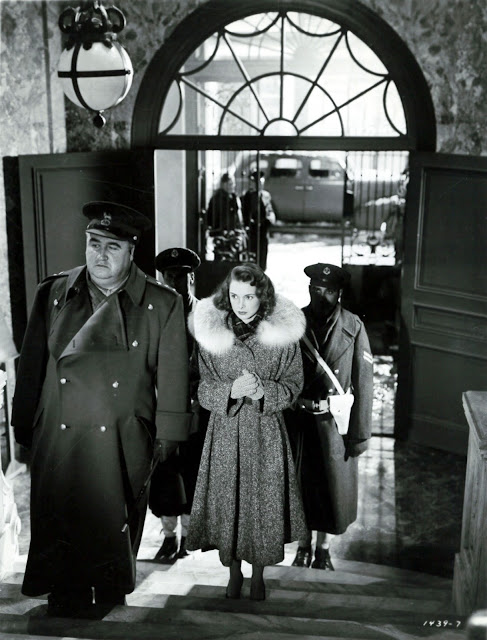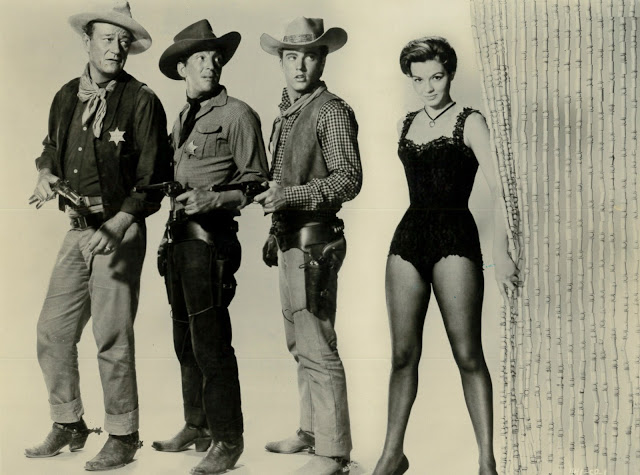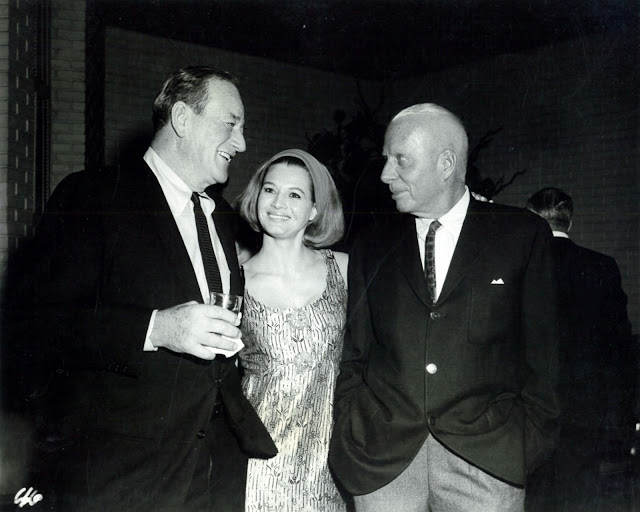Icy Boxoffice For A Cold War
The Red Danube (1949) Is Ill-Timed Dream Merchandise
Occasional benefit to pic personnel was feeling they were doing something important rather than spit-out of product most associated with H'wood. The Red Danube took serious stock of
The Red Danube was proof that romance could be derived off a Cold War, our naïveté about what really went on over there a buffer we could candy-coat with same formulae applied to past wars. How many of an audience, at least of mass audience Metro sought, cared to know truth of Soviets sealing borders and putting their people on boxcars to oblivion? There are uneasy sections in The Red Danube despite its gloss. We're told that innocents by hundreds are being shipped off daily and won't be seen again. To personalize it by making one of them fresh-faced Janet Leigh is





















































